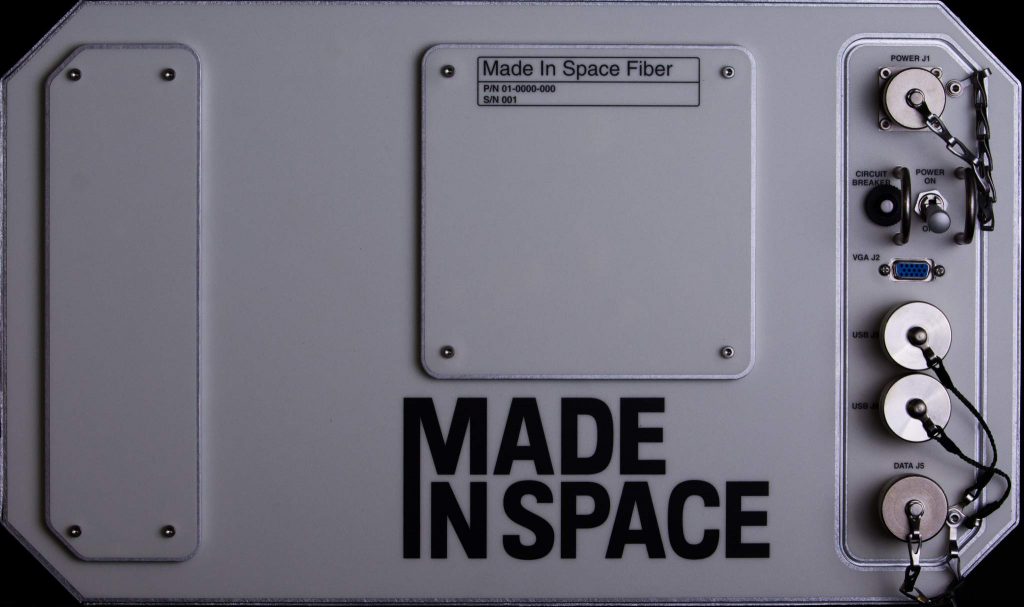Most things you can think of are better when they’re in space, a space shuttle for example is a damn sight more exciting than those buses that take you from one airport terminal to another. And William Shatner certainly isn’t going to be remembered for humbler roles as some guy’s dad. Made in Space (MIS) has taken this theory to the extreme not only by producing the world’s first zero-gravity 3D printer, but also sending said printer to the International Space Station (ISS) and becoming the first 3D printer in space. In their latest venture, again aboard the ISS, MIS are breaking away from additive manufacturing, and are instead attempting to make fiber optics in zero-gravity conditions.

MIS CEO Andrew Rush had the following to say about the Made In Space Fiber project;
Historically, the commercial space industry has profited off of satellite telecommunications—sending ones and zeros back and forth. Made in Space’s in-space manufacturing activities expand the commercial envelope to making valuable goods there too. We believe in-space manufacturing of goods valuable to people on Earth will soon drive significant commercial activity in space, perhaps one day creating a space-based economic boom.
In order to get the best material for the project, MIS are collaborating with Thorlabs who have been working on the quality of heavy-metal glass fiber ZBLAN for more than a decade. Both companies believe that ZBLAN has the potential for lower transmission losses than the silica (silicon dioxide) typically used for telecommunication cables, but manufacturing ZBLAN fiber optics on earth is difficult due to gravity causing imperfections to its structure.
Today, an estimated 43% of the world’s population is online. By 2020, that percentage will jump by approximately 5%, creating a demand for data that is unmanageable with the world’s current transmission capabilities. Needless to say, a fiber optic solution is in high demand, and if all goes to plan Made in Space may have it by the end of 2017.

Made in Space is also one of the partners for the current Print the Future competition from the National Space Society program, Enterprise in Space. The competition is giving design and engineering teams the chance to create a vision of the habitats people could one day be living in out in space. I wonder whether any of the designs will be made with fiber optic broadband in mind…how else do they expect us to while away the hours on Mars if we can’t stream Star Trek re-runs via ZBLAN?
Featured image is of basic fiber optic light cables. Photo via: SoniaCacoilo. on flickr



